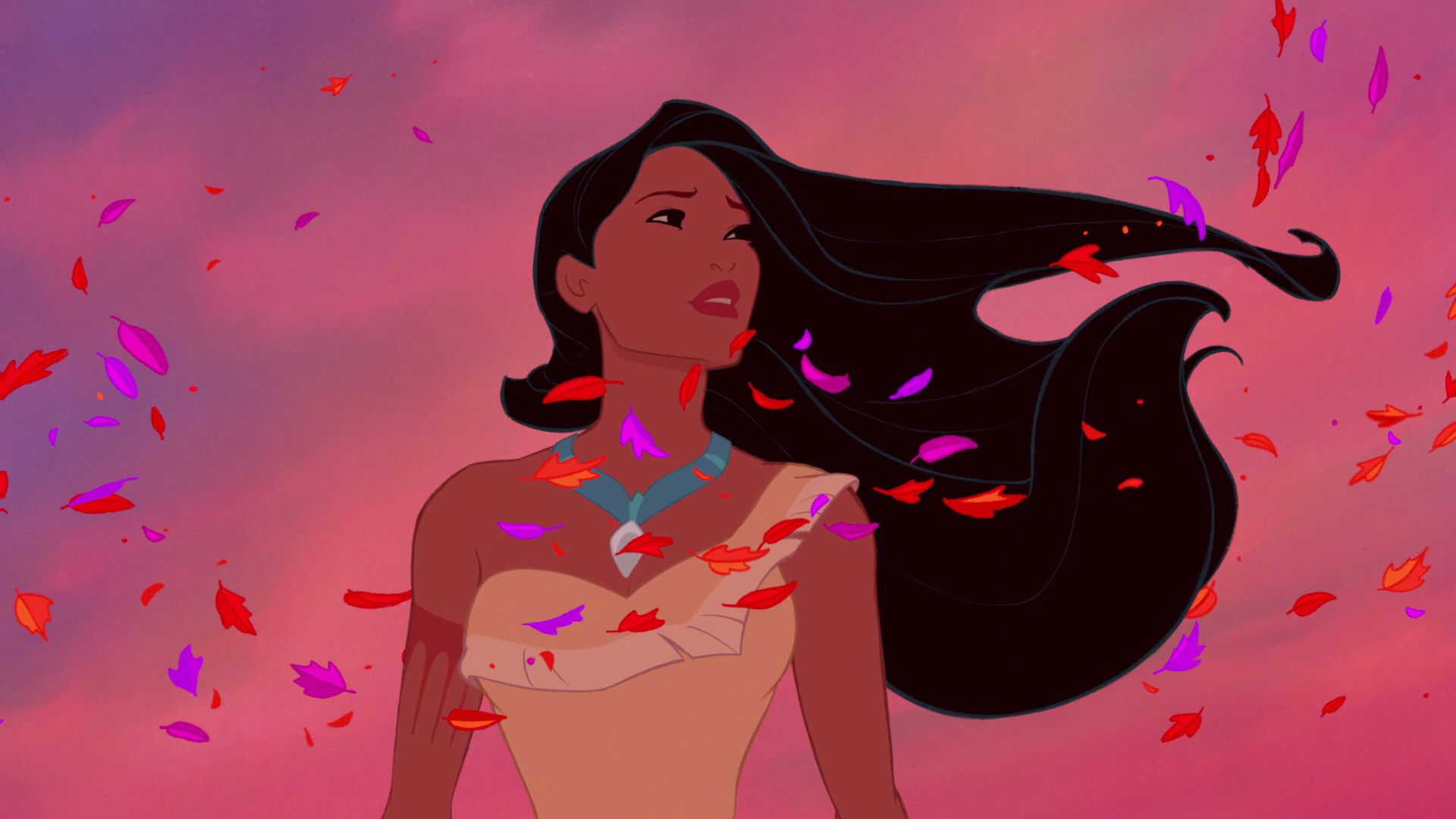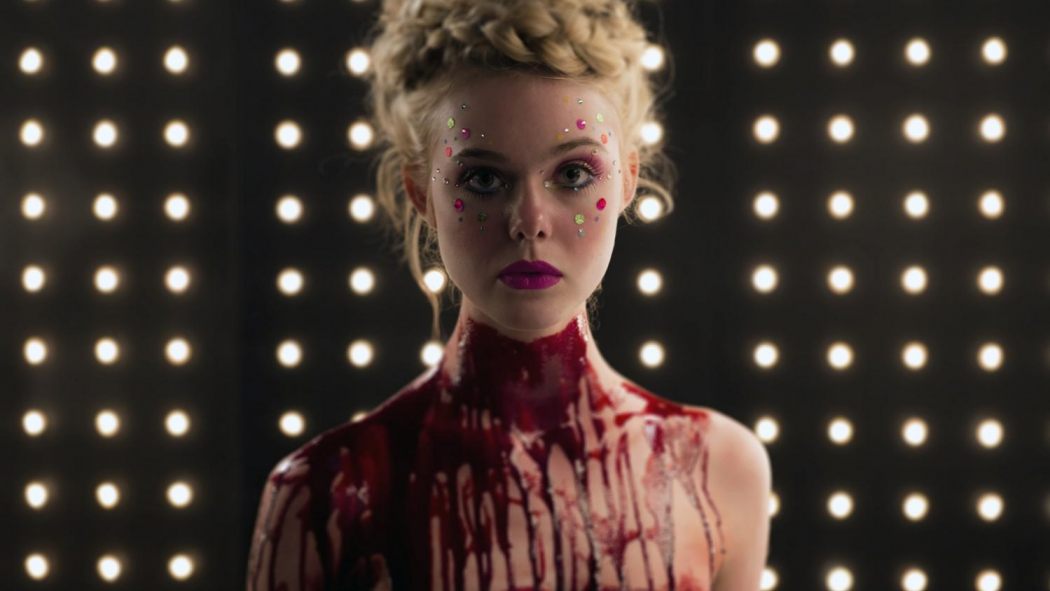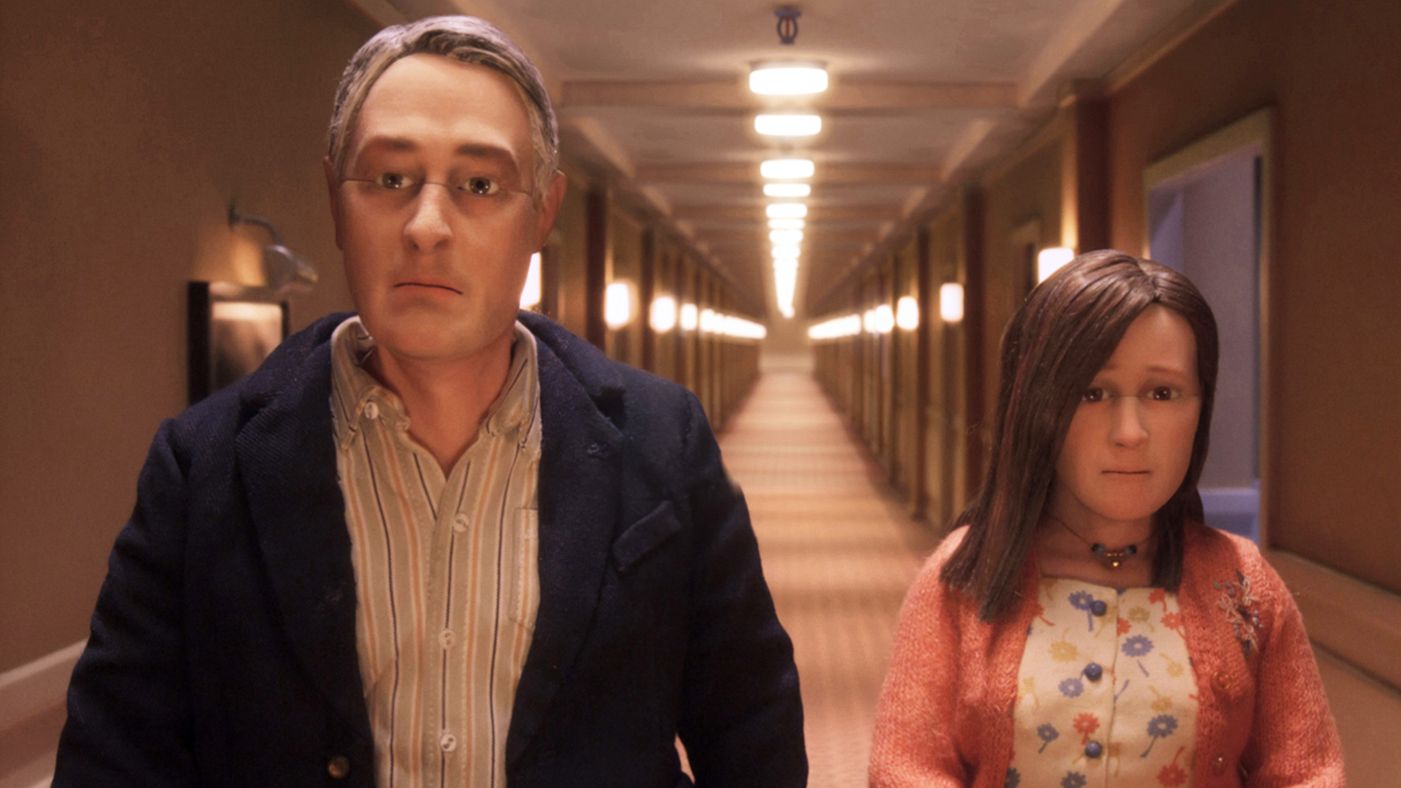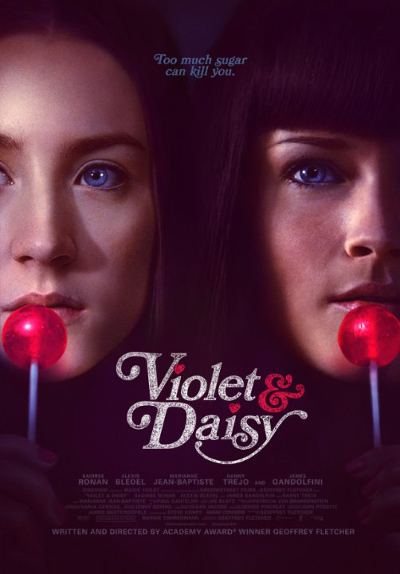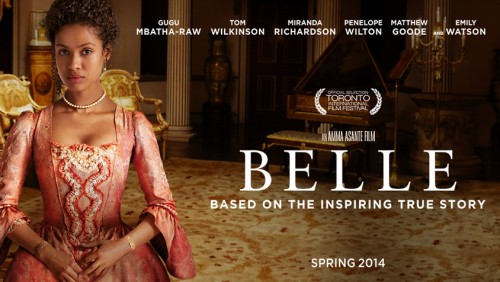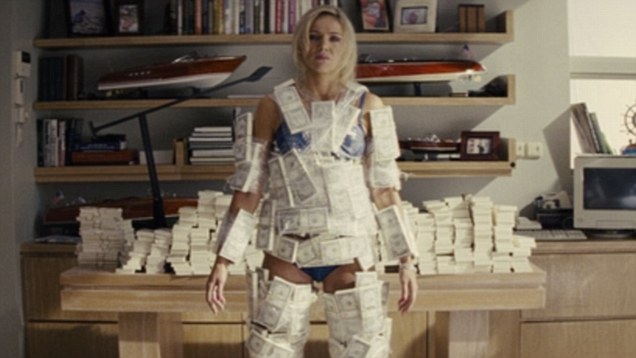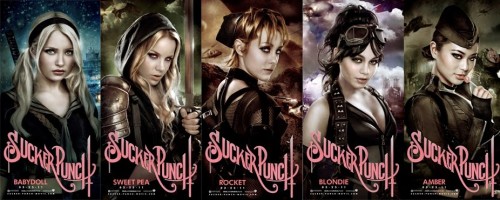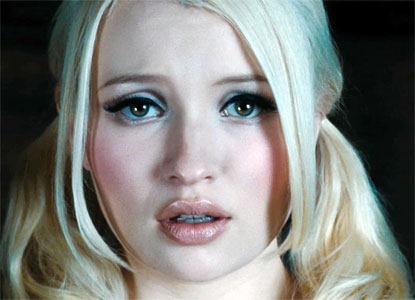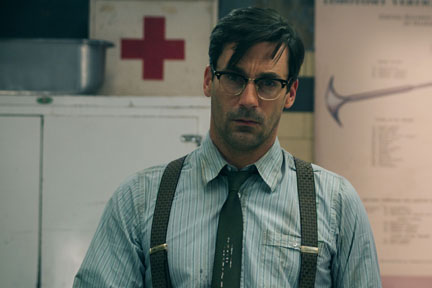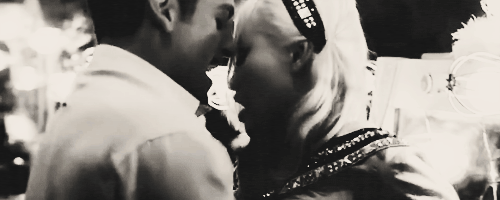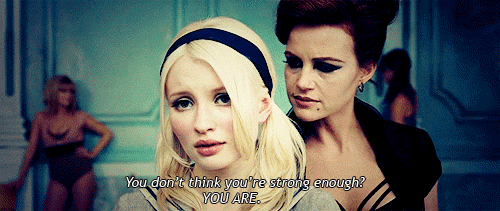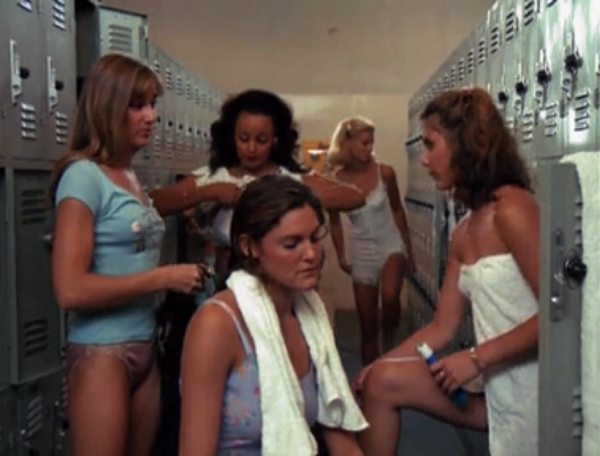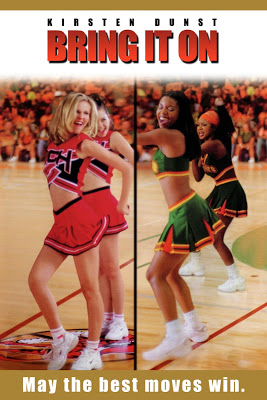This guest post written by Shannon Rose appears as part of our theme week on Indigenous Women.
For as long as I can remember, my brother who has autism and I have loved Disney movies, and they have given us a real way to connect and bond with each other over the years. Disney has had such a positive impact on my life and my relationship with my brother that it is difficult to look back and see how problematic the films are, especially with regards to Indigenous women. However, I have realized that it’s important to step back from our own attachments and examine the harm Disney has done by perpetuating damaging stereotypes. This, in turn, will help us fight for better representation in future animated films that will positively impact the next generation of Disney movie fans. In Pocahontas, Disney missed an important opportunity to represent Indigenous women in a relatable, empowering way, and instead focused on commodifying their culture for mass-market appeal.
Pocahontas is an animated romantic musical drama about a young Native American woman in the 17th century who falls in love with a colonizing European, John Smith, and saves his life, bringing temporary peace between the colonizers and the Indigenous people. I always assumed it was an overly embellished rendition of history, but it is actually a heavily romanticized version of John Smith’s account of the events. This is problematic because there is a long, fraught history of European storytelling that involves a colonizing white man being saved by an Indigenous woman, who then falls in love with him and becomes a Christian, which is suspiciously similar to Pocahontas’ tale. The Powhatan Nation criticized Pocahontas for perpetuating the trope of “the ‘good Indian,’ one who saved the life of a white man.” White men have been fascinated with “civilizing” gorgeous Indigenous women, and John Smith’s story is only one of the many that have been perpetuated. Knowing this changes the context of the film. It’s no longer a story of a woman who falls in love with a seemingly unattainable man, but rather the delusions of a white colonizer who dreams of a beautiful Indigenous woman wanting to give up her life among “savages” to become a proper “civilized” European, aiding him in his desire to spread white civilization and power across the world.
Disney sells the film as having a female protagonist, but since the source material originated from a white man’s point of view, she lacks the agency to guide the story. Pocahontas is immediately “othered” as a mystical creature deeply in touch with nature, and not a complex human being. She communicates with animals, she can leap from great heights, she asks advice from a tree, and the wind leads her along her journey. All of these magical touches create distance between her and the audience. More importantly, it creates distance between Native Americans and how they are represented on-screen. When Disney made Pocahontas and her culture otherworldly, they erased the humanity of Indigenous people.
The audience is introduced to John Smith as an English man who has traveled all over the world, and has proudly killed many Indigenous people in order to spread his idea of “civilization.” “You can’t fight Indians without John Smith!” a fellow shipmate says. “That’s right, I’m not about to let you guys have all the fun!” Smith elatedly responds. Here is a man who has never hesitated to kill Indigenous people before, but when he finds Pocahontas at the end of the barrel of his gun, he suddenly has a change of heart. He doesn’t stop because she’s a woman; he stops because she is stunning. Her body is worth more to him alive than dead.
Another magical element that does more harm than good is the way Pocahontas immediately learns how to speak English, to the shock and delight of both her animal friends and Smith. Off the hook, Smith now has no need to learn her language because Pocahontas adjusts herself to accommodate his needs. The language barrier that exists between cultures has always required give and take from both sides; it makes us better communicators and strengthens our ability to understand each other in a deeper, more meaningful way. By forgoing that struggle, the white colonizer is accommodated and their white supremacist beliefs are sustained.
Part of the problem with Pocahontas is how it teaches young Indigenous girls that their worth is dependent on the men in their lives. To be seen as a princess, as royalty, they must be willing to risk their lives to defend white men and turn away from their own culture. While Pocahontas is portrayed as a heroine, did she ever have a choice? Would her story ever have been told if she had let Smith die, if she had chosen her family over him? She would have been erased from history, as far too many Indigenous women have been. Pocahontas’ life only became a story worth telling when a white man became involved. She only became a princess when a white man recognized her as royalty. She only became the center of a Disney movie because white men realized they could profit off of her myth.
Disney exacerbated the erroneous long-held belief that Indigenous women welcomed Europeans and their culture to America, erasing the history of racism, colonialism, and genocide against Indigenous peoples. Disney went one step further, however, and commodified Native Americans and their culture in ways we have not been able to recover from. In early 1995, months before the movie was released, Disney spent millions marketing the film. Pocahontas Barbie dolls, Payless Shoes moccasins, and Halloween costumes can still be found today, twenty years later, giving white girls permission to appropriate Native American culture and treat race and culture as costumes. Because Disney made Pocahontas an American “Princess,” many non-Native people assumed her as one of their own. Thus, we now can claim a shared American heritage, and not have to think twice before appropriating her culture. Many of us have long struggled with our place in the U.S.’s violent and troubled history but Disney single-handedly made cultural appropriation “okay” for an entire generation of children in order to sell merchandise.
It is hard to accept that something we love is deeply flawed because their flaws reflect back on us. It’s much easier to brush those criticisms off and push it to the back of your mind. It’s important to know, though, that you can love something that is flawed (I’ve been singing “Just Around the River Bend” for a week now) and still push Disney and other filmmakers to not make the same mistakes again.
We need to amplify stories of Indigenous women, and give them the support they need to tell those stories and make them be heard to a larger audience. Indigenous women need to be writers and directors, not props in white people’s stories to make us feel better about colonizing their home. The true story of Pocahontas, where she was kidnapped and used as propaganda by the Virginia Company and whose real name was Matoaka, is tragic and should embarrass us non-Native people. It was never Disney material, but there are stories about Indigenous women out there that are. Disney just needs to look beyond source material created by white men.
Shannon Rose is a writer and director living in Los Angeles. She has her MFA in Film & Television from USC School of Cinematic Arts, and she is passionate about creating opportunities in film for diverse voices. You can follow her on Twitter and Instagram @femmefocale.
